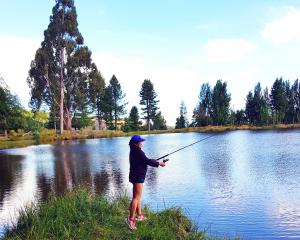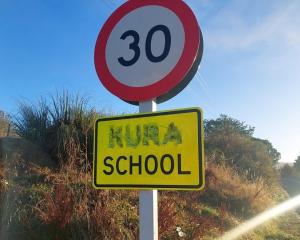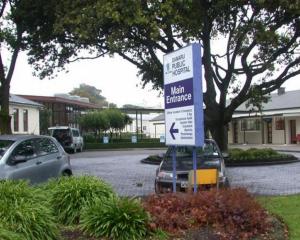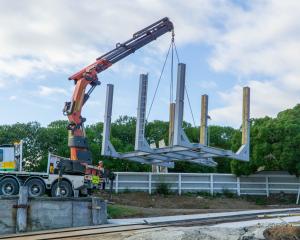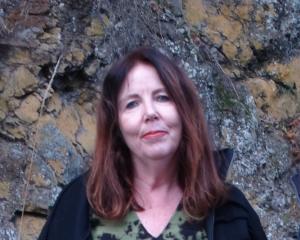Pressure of a deadline has resulted in the Waitaki District Council approving a pipeline from Oamaru to deliver water to the Herbert, Hampden, Moeraki and surrounding communities that will meet drinking water standards.
However, it will still consider an option being explored by the communities of using existing water sources but building storage and improving treatment.
Yesterday, the council heard from three people in the communities - Bronwyn Judge, Alison MacTavish and Bruce Parker - who asked the council to delay any decisions until the communities had further time to develop options and consult.
They had made a similar request in November, which was granted, and had made some progress, but needed further time.
The council's assets group manager, Neil Jorgensen, said the Herbert-Waianakarua and Hampden-Moeraki schemes did not comply with drinking water standards and had to be upgraded to meet long-term obligations, provide better quality, provide for future growth and be more resilient in droughts and floods.
A water safety plan for the schemes needed to be developed by July 30, and it had to include a timetable and plan to meet the drinking water standards.
If not, both schemes would be non-compliant with the Health Act.
The local water sources and storage proposal from the community had been reviewed but was more expensive and less resilient than the pipeline option.
Staff were still recommending the council approve the pipeline proposal, but Mr Jorgensen said there would still be time before any contracts were tendered in about 12 months to consider alternatives.
If a viable option emerged, it could still be adopted.
The council decided to adopt the pipeline option, using a loan paid for by consumers on the two schemes to build it, and other recommendations to implement the upgrade.
However, it also would continue to work with the two schemes' committees and analyse the local storage option.
Connecting to Oamaru would cost about $4.9 million, according to earlier estimates. This was not the cheapest option but it was the best in terms of ensuring enough water for the future while providing cost-effective treatment.





